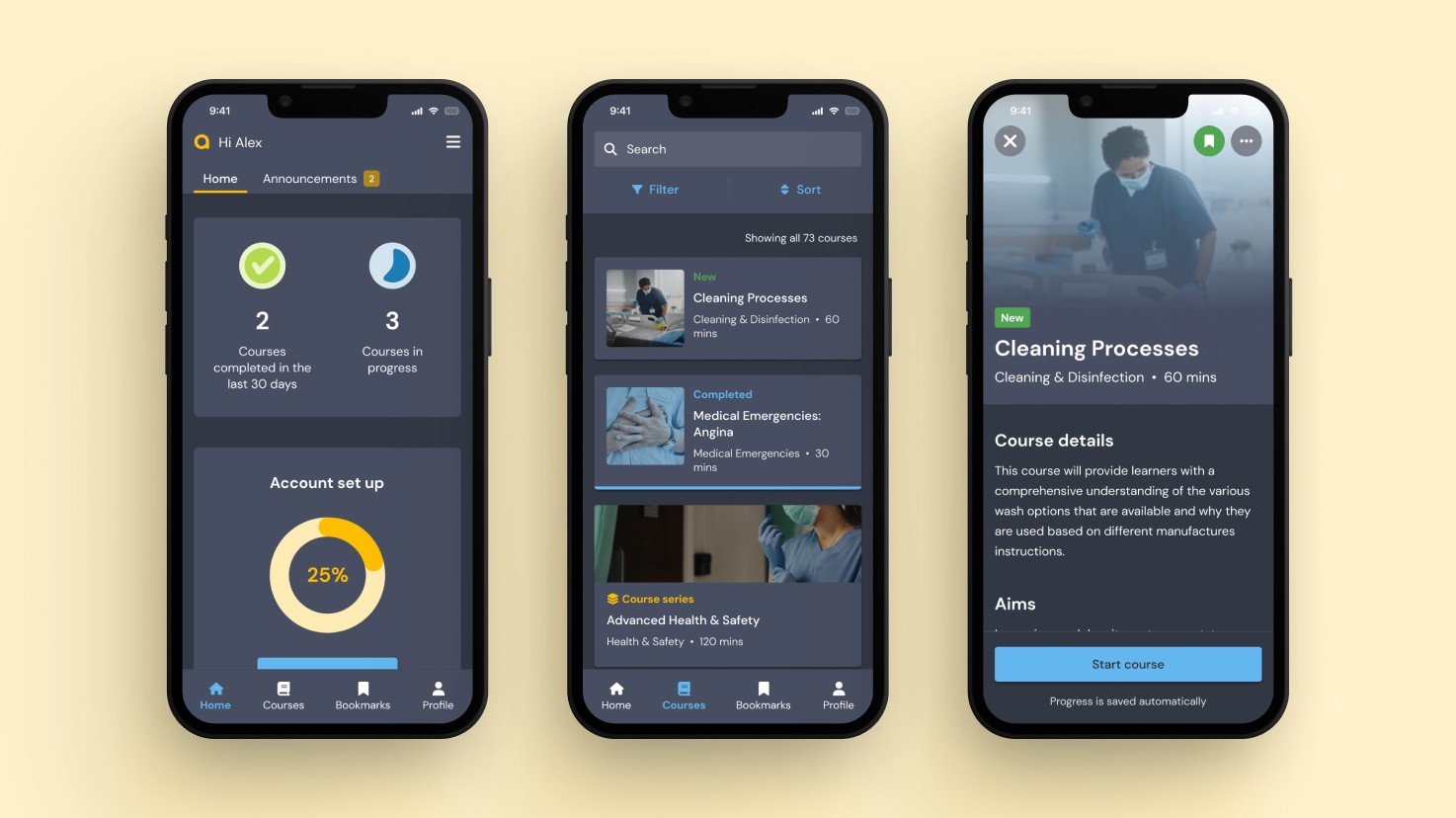Protecting thousands of small businesses online
I designed a new service end-to-end for the UK government’s official cyber security authority.
Client
National Cyber Security Centre
Dates
Oct 2021 to Mar 2023 (18 months)
Role
Concept development, wireframing, interaction design, visual design, prototyping, UX writing
Platforms
Web
Teams
Product, Engineering and User Research
Tools
Figma, Axure, Google Analytics
Summary
Over 400,000 IP addresses had been identified by the National Cyber Security Centre (NCSC) as vulnerable to cyber attacks. Through six iterative design and testing cycles involving 500+ users, we created a simple online tool to help small businesses in the UK quickly identify and fix these common cyber security vulnerabilities.
What I delivered
A vision prototype telling the story of the concept
A user journey map and lo-fi wireframes outlining the initial concept
Interactive prototypes for user testing
Pixel-perfect designs ready for development
Written and video content for key pages in the user journey
Outcomes
46.5% of visitors perform a cyber security check
5,000+ checks performed per month
THE CHALLENGE
Thousands of vulnerable businesses, four major barriers
Despite over 400,00 IP addresses being vulnerable to a cyber attack, the average small business wouldn’t know it was at risk until it was too late, potentially costing it millions.
Research on previous projects had identified four major barriers that put cyber security low on small businesses’ agendas.
Awareness
Small businesses are rarely aware they’re at risk or what they’re at risk of. They often mistakenly believe they’re too small to be targets.
Knowledge
Without a dedicated cyber security or IT person, small businesses don't believe they know enough about cyber security or where to look for information.
Motivation
Due to the perceived lack of risk, small businesses lack motivation to act until it's too late.
Small businesses believe cyber security is time-consuming and that they don’t have time for activities that aren’t business critical.
DESIGN GOALS
A radically simple online tool
The project team's vision for “Check your cyber security” was a radically simple online tool that would help non-technical users identify, understand and protect their business against common cyber threats. It needed to be:
Quick
Intuitive
Low-effort
Valuable
IDEATION & PROTOTYPING
Bringing our vision to life
Knowing we needed to collect a user’s IP address before assessing its vulnerability, the product team and I began by brainstorming and sketching various solutions to bring our vision to life.
I then refined hand-drawn concepts into a sketchy “vision prototype” designed to tell a compelling story that would engage NCSC stakeholders and invite feedback to inform further iteration.
A sketchy "vision prototype" bringing to life the service concept
USER RESEARCH
573 users, 6 rounds of design
Next, I created a high-fidelity prototype which our research team tested over six rounds of iterative design. Through usability testing, focus groups, online surveys and guerrilla research, we gathered feedback from 573 users.
Several themes and challenges influenced our design decisions.
DESIGN DECISIONS
Less is not always more
The service could have been as simple as a single page that gave users their results. But through iteration and testing, I learnt that less is not always more. My designs needed more to build trust and encourage action.

Design decisions on the homepage

Content decisions in the journey

Content and design decisions on the results page
FINAL DESIGN
Anyone in the UK can test an IP address in seconds
Check Your Cyber Security is a simple online tool that helps small businesses in the UK identify and fix common cyber security vulnerabilities. A straightforward three-step process takes them through the entire journey in seconds.
Discover checks: Users are introduced to three checks they can perform from their browser.
Perform a test: Users are guided through learning about the checks, performing them and getting their results.
Easy-to-follow guidance: Alongside their results, users are given simple guidance on how to resolve issues.
The full journey through the live service
More projects
Get in touch
Want to chat about a project? Reach out at contact@aaronhowes.com


